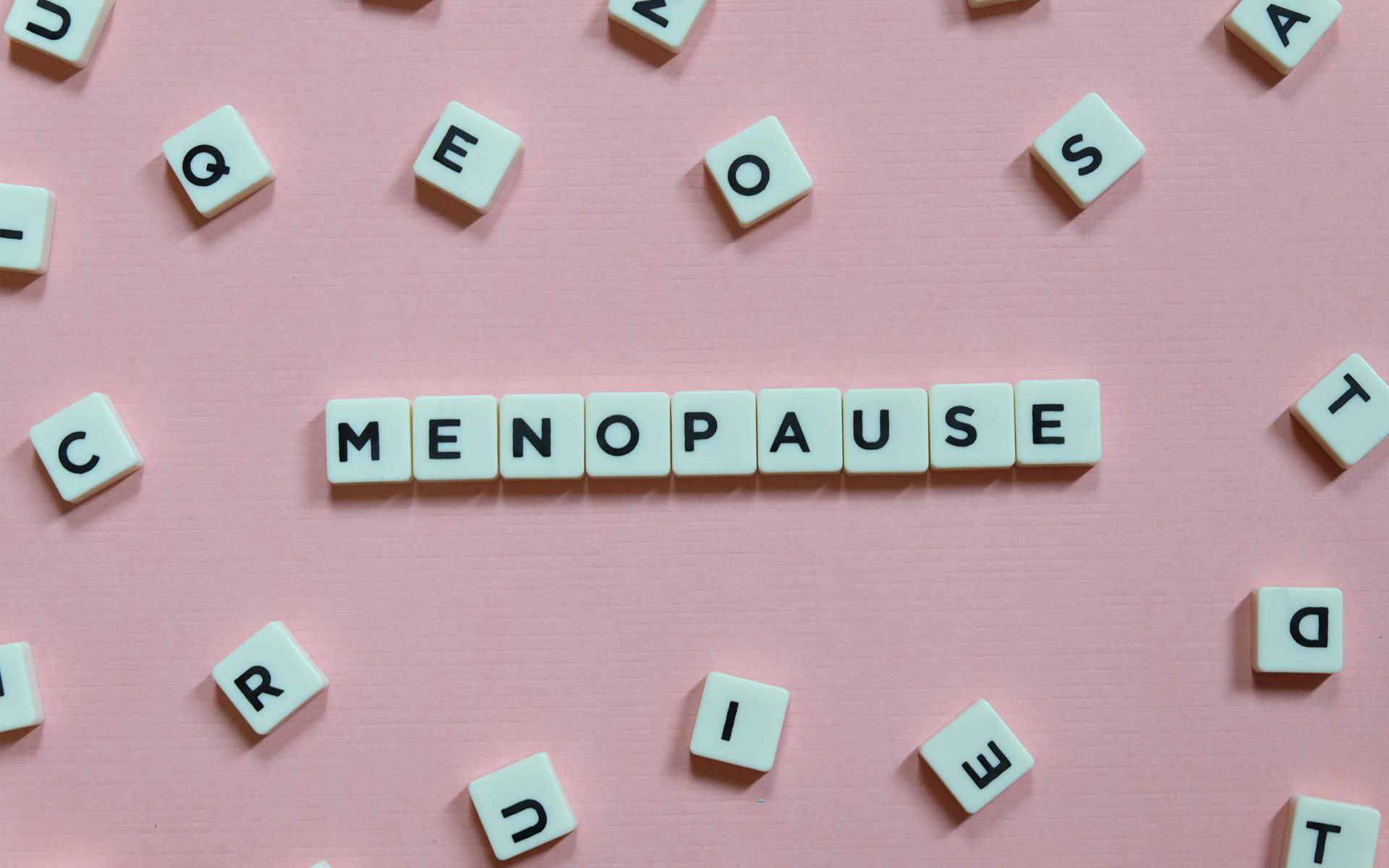
Hormone Replacement Therapy (HRT)
Menopause is caused by low oestrogen levels so replacing this hormone back to normal (physiological) levels is a very effective treatment. Hormone replacement therapy (HRT) or menopause hormone therapy (MHT) does exactly that. It brings hormone levels back to normal.
Women with a uterus: Oestrogen stimulates lining of the womb so the hormone progesterone (or progestogen which is a synthetic version) is also taken along with oestrogen to prevent the lining of the womb (endometrium) from thickening up. If the lining stays thickened over a long period of time, it may lead to cancer changes (endometrial cancer) so it is very important to take both.
Combined HRT (containing both oestrogen and progestogen) is available as a daily tablet or as a patch which is worn continuously and changed twice a week. If you are still having periods, or you have had a period within the last 12 months (perimenopausal), you will be prescribed sequential HRT – this means you take only oestrogen for 2 weeks then both oestrogen and progestogen for 2 weeks then repeat. This will give you a monthly “period” (withdrawal bleed). If you have not had a period for at least 12 months (postmenopausal), then you can be prescribed a continuous combined HRT (i.e. every tablet or patch contains both oestrogen and progestogen) which will not cause a monthly “period” (withdrawal bleed) although can cause some irregular light bleeds when first starting HRT.
Oestrogen and progesterone can be prescribed separately. Progestogen can also be delivered directly into the uterus via a Mirena IUS which is very good at reducing the thickness of the lining of the uterus (endometrium), reduce bleeding (in many women, it can stop periods completely) and also provides effective contraception.
Women without a uterus (after hysterectomy) can have oestrogen on its own without progestogen. Oestrogen can be taken as a daily oral tablet or through the skin (transdermal) such as a gel rubbed into the skin daily or a patch worn continuously on the skin and changed twice weekly.
Women who have had a hysterectomy for endometriosis should take combined HRT as oestrogen may stimulate any spots of endometriosis which may still be present outside the uterus which may cause symptoms to restart. Taking progestogen continuously along with oestrogen will help prevent this.
Vaginal oestrogen is given for vaginal and urinary symptoms. It can be taken on its own if genital symptoms are the only issue, or for some women, in addition to HRT if they are still having genital symptoms despite being on HRT (about one third of women on HRT need additional vaginal oestrogen). Vaginal oestrogen can be prescribed as vaginal tablets, vaginal cream, pessary or a vaginal ring.
Side effects of HRT: Most side effects tend to settle within 3 months of starting HRT or can be reduced by starting with a low dose or changing the type of preparation.
|
Oestrogenic Side Effects |
Progestogenic Side Effects |
|
Fluid retention |
Fluid retention |
|
Breast tenderness / swelling / nipple sensitivity |
Breast tenderness |
|
Headaches |
Headaches / migraines |
|
Bloating |
Mood swings / low mood / irritability |
|
Nausea / Indigestion |
Acne |
|
Leg cramps |
Lower abdominal cramps |
Irregular Bleeding: some irregular bleeding or spotting may occur when you start or change the type of HRT. This usually settles down. However, if the bleeding / spotting persist for 6 months or you start bleeding again after having had no bleeding for 1 year or more (postmenopausal bleeding) you must have this checked out. There are lots of causes for postmenopausal bleeding (PMB) but it can be a sign of cancer of the cervix, uterus or vagina. You should see your GP as soon as possible so that you can be referred for investigations